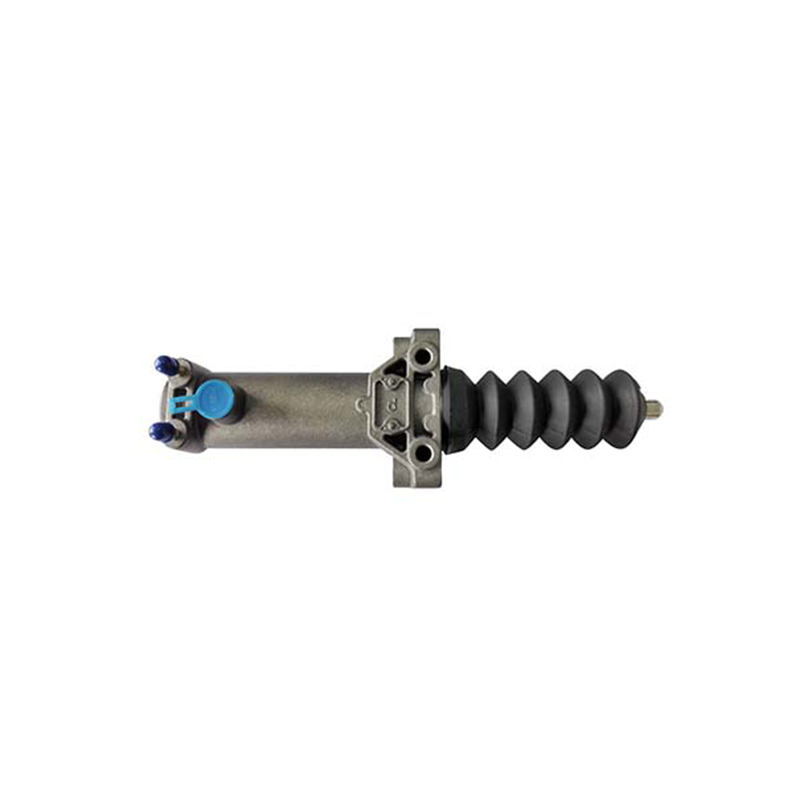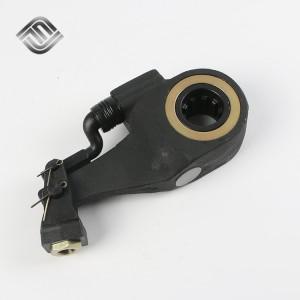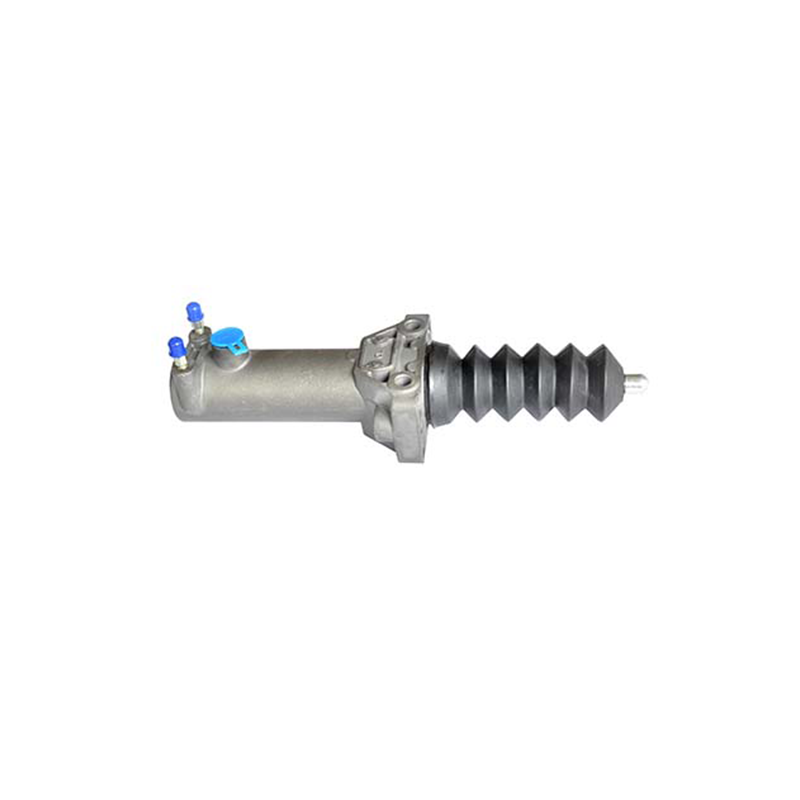
You can spot a faulty clutch slave cylinder by watching for a spongy clutch pedal, trouble shifting gears, leaking fluid, low or dirty clutch fluid, or odd noises when you press the clutch.
Take action early—catching these signs keeps your truck strong and helps you avoid bigger problems.
Key Takeaways
- A healthy clutch slave cylinder is vital for smooth gear shifting and truck performance.
- Watch for signs like a soft clutch pedal, trouble shifting, fluid leaks, or strange noises to catch problems early.
- Regular checks and quick repairs save money, prevent bigger damage, and keep your truck reliable on the road.
Clutch Slave Cylinder Basics

What the Clutch Slave Cylinder Does
You use the clutch pedal every time you shift gears in your truck. The clutch slave cylinder makes this possible. When you press the clutch pedal, you send hydraulic fluid from the master cylinder to the clutch slave cylinder. This action pushes a rod that moves the clutch fork. The clutch fork then separates the clutch disc from the flywheel. This process lets you change gears smoothly.
Tip: If you notice your clutch pedal feels different, check the clutch slave cylinder first. It often shows early signs of trouble.
The clutch slave cylinder works with the clutch master cylinder. Both parts help you control the power between the engine and the wheels. Without a working clutch slave cylinder, you cannot shift gears easily.
Why a Faulty Clutch Slave Cylinder Hurts Your Truck
A bad clutch slave cylinder can cause many problems. You may find it hard to shift gears. Sometimes, the clutch pedal feels soft or sinks to the floor. You might even see fluid leaking under your truck.
Here are some issues you might face:
- Trouble shifting gears
- Spongy or soft clutch pedal
- Fluid leaks near the transmission
If you ignore these signs, you risk damaging other parts of your truck’s transmission. Fixing a faulty clutch slave cylinder early keeps your truck safe and reliable. You save money and avoid bigger repairs down the road.
Clutch Slave Cylinder Symptoms and Diagnosis

Spongy or Soft Clutch Pedal
You may notice your clutch pedal feels soft or spongy under your foot. This means the pedal does not give the usual resistance. A spongy pedal often points to air or fluid leaks in the clutch hydraulic system. When you press the pedal, you expect a firm response. If you feel a mushy or inconsistent push, you should check the clutch slave cylinder. This part often shows problems first.
Tip: A spongy pedal can make driving unsafe. Always check for this symptom before long trips.
Difficulty Shifting Gears
You might find it hard to shift gears smoothly. Sometimes, the gear stick refuses to move or grinds when you try to change gears. This happens because the clutch does not fully disengage. The clutch slave cylinder may not push the clutch fork enough. If you struggle to get into first gear or reverse, you should inspect the clutch system right away.
Visible Fluid Leaks
Look under your truck for any signs of leaking fluid. The clutch slave cylinder uses hydraulic fluid to work. If you see wet spots or puddles near the transmission, you may have a leak. Leaking fluid can cause the clutch to stop working. You should fix leaks quickly to avoid bigger problems.
- Common places to check for leaks:
- Around the clutch slave cylinder
- Near the transmission bell housing
- Along the hydraulic lines
Low or Dirty Clutch Fluid
Check the clutch fluid reservoir under the hood. If the fluid level drops or looks dirty, you may have a problem. Low fluid often means a leak in the system. Dirty fluid can show that parts inside the clutch slave cylinder are wearing out. Clean fluid should look clear or slightly yellow. If you see dark or cloudy fluid, you should flush and replace it.
| Fluid Condition | What It Means |
|---|---|
| Clear/Yellow | Normal |
| Dark/Cloudy | Contamination/Wear |
| Low Level | Possible Leak |
Odd Noises When Pressing the Clutch
Listen for strange sounds when you press the clutch pedal. You might hear squeaks, grinding, or hissing noises. These sounds can mean the clutch slave cylinder is failing. Sometimes, air in the system or worn seals cause these noises. If you hear anything unusual, you should not ignore it.
Note: Odd noises often warn you before bigger problems start.
How to Check for Problems Step-by-Step
You can follow these steps to check your clutch slave cylinder:
- Park your truck on a flat surface and turn off the engine.
- Press the clutch pedal and feel for any softness or sponginess.
- Look under the truck for fluid leaks near the transmission.
- Open the hood and check the clutch fluid reservoir. Make sure the fluid is at the correct level and looks clean.
- Listen for any odd noises when you press the clutch pedal.
- Try shifting through all the gears with the engine off. Notice any stiffness or grinding.
If you find any of these symptoms, you should consider replacing the clutch slave cylinder. Using a quality part, like the FANGJIE Truck Clutch Slave Cylinder, helps keep your truck running smoothly and safely.
You protect your truck when you act fast on clutch issues. Regular checks help you spot problems early. Quick fixes save money and keep your truck on the road. Do not wait for a breakdown. Address symptoms as soon as you see them. Your truck will thank you.
FAQ
How often should you check your clutch slave cylinder?
You should check your clutch slave cylinder every time you inspect your truck’s fluids. Regular checks help you catch leaks or wear early.
Can you drive with a bad clutch slave cylinder?
You should not drive with a faulty clutch slave cylinder. It can cause shifting problems and leave you stranded. Replace it as soon as you notice symptoms.
What makes the FANGJIE Truck Clutch Slave Cylinder a good choice?
FANGJIE uses strict quality control and durable materials. You get a reliable part that fits many truck models and helps your clutch system work smoothly.
Tip: Always choose parts that meet or exceed industry standards for safety and performance.
Post time: Jul-08-2025





